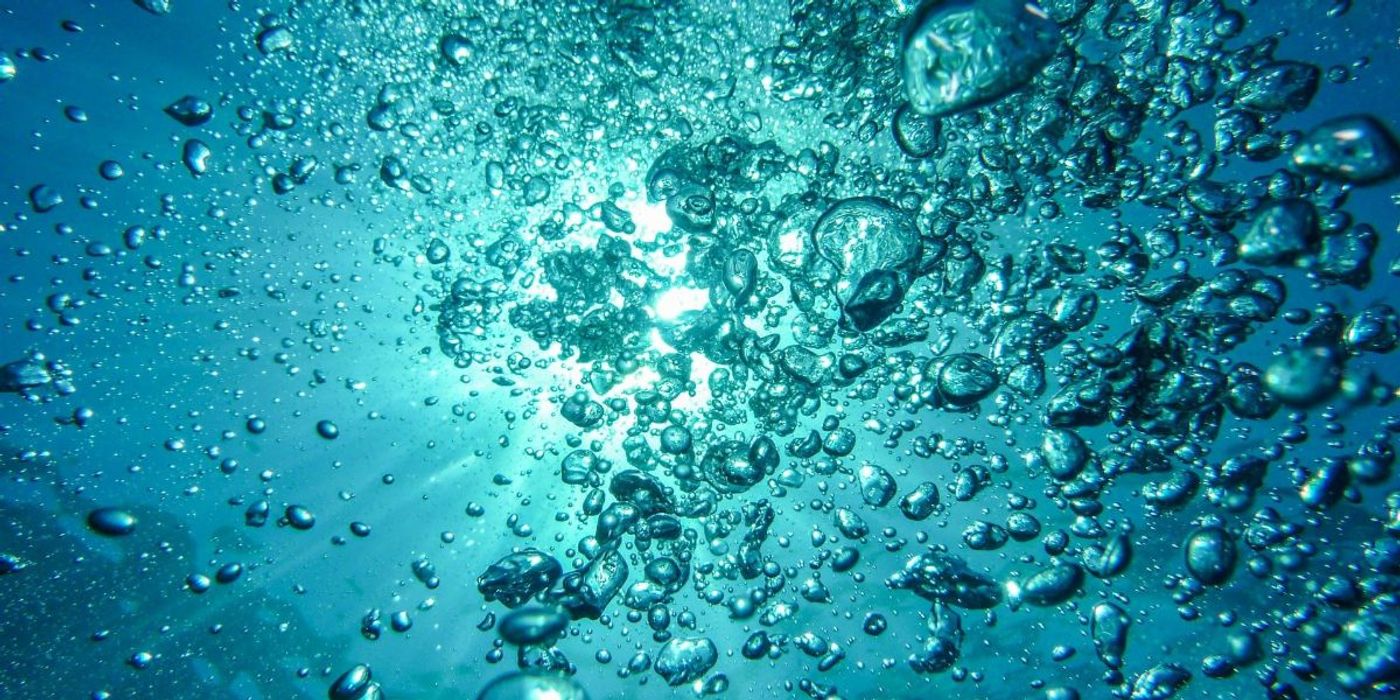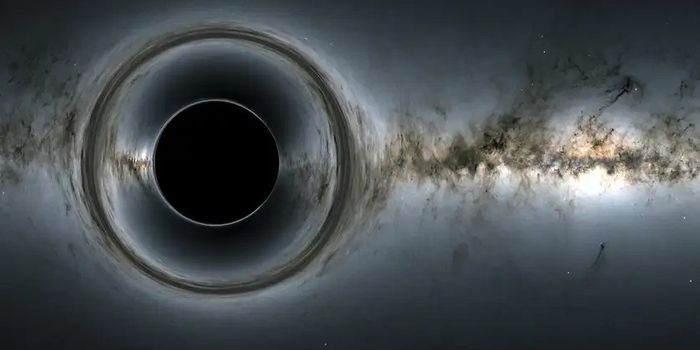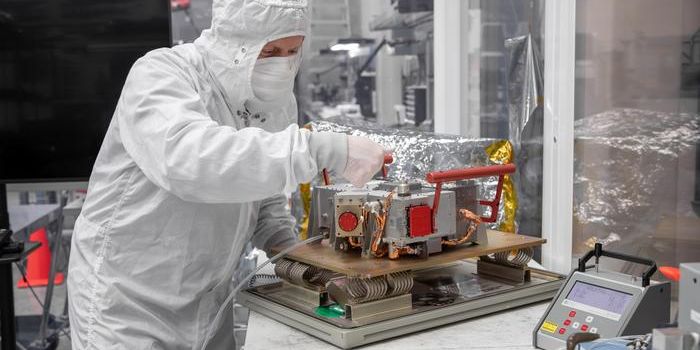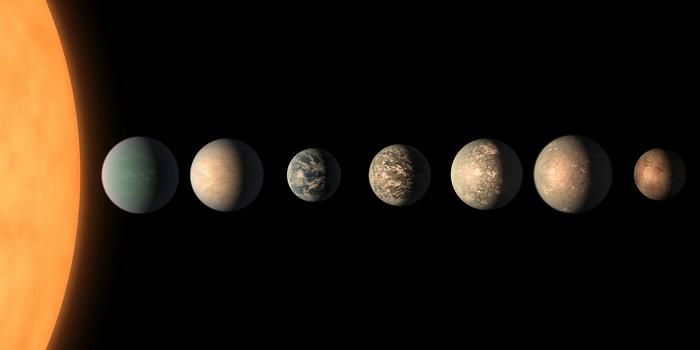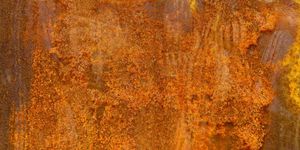Scientists Find Liquid Water Inside Meteorite
Scientists know that water is abundant in the solar system- existing in the rings of Saturn and on its moon, Enceladus. However, while they have suspected for some time that water can be preserved in a kind of meteorite known as carbonaceous chondrites, they have been unable to detect water within these rocks until now.
For the study, scientists at Ritsumeikan University in Japan studied fragments of the Sutter’s Mill meteorite, which was collected by NASA Ames and SETI Institute meteor astronomer, Dr. Peter Jenniskens, on April 14 2021, two days after arriving on Earth. The meteorite formed 4.6 million years ago meaning that studying the rocks it left behind can reveal aspects of the early Universe.
The researchers used microscopy techniques to analyze the meteorite. In doing so, they noticed a tiny calcite crystal in which there was an even smaller amount of liquid consisting of at least 15% carbon dioxide. This, they say, confirms both liquid water and carbon dioxide can exist in ancient space rocks.
The researchers say that the parent asteroid for this meteorite likely formed beyond Jupiter in a cold part of our solar system. There, it probably formed with frozen water and carbon dioxide before making its way towards Earth.
This assumption follows findings from previous theoretical studies for the solar system’s evolution. These studies suggest that asteroids rich in small, volatile molecules like water and carbon dioxide formed beyond Jupiter before venturing towards Earth.
The discovery of water within carbonaceous chondrites may help inform the search for the origins of Earth’s water. Currently, one of the leading theories behind how water appeared on Earth is that arrived via such meteorites. The findings also give scientists important insights into the early years of the solar system.
Sources: Space.com, Science Advances
